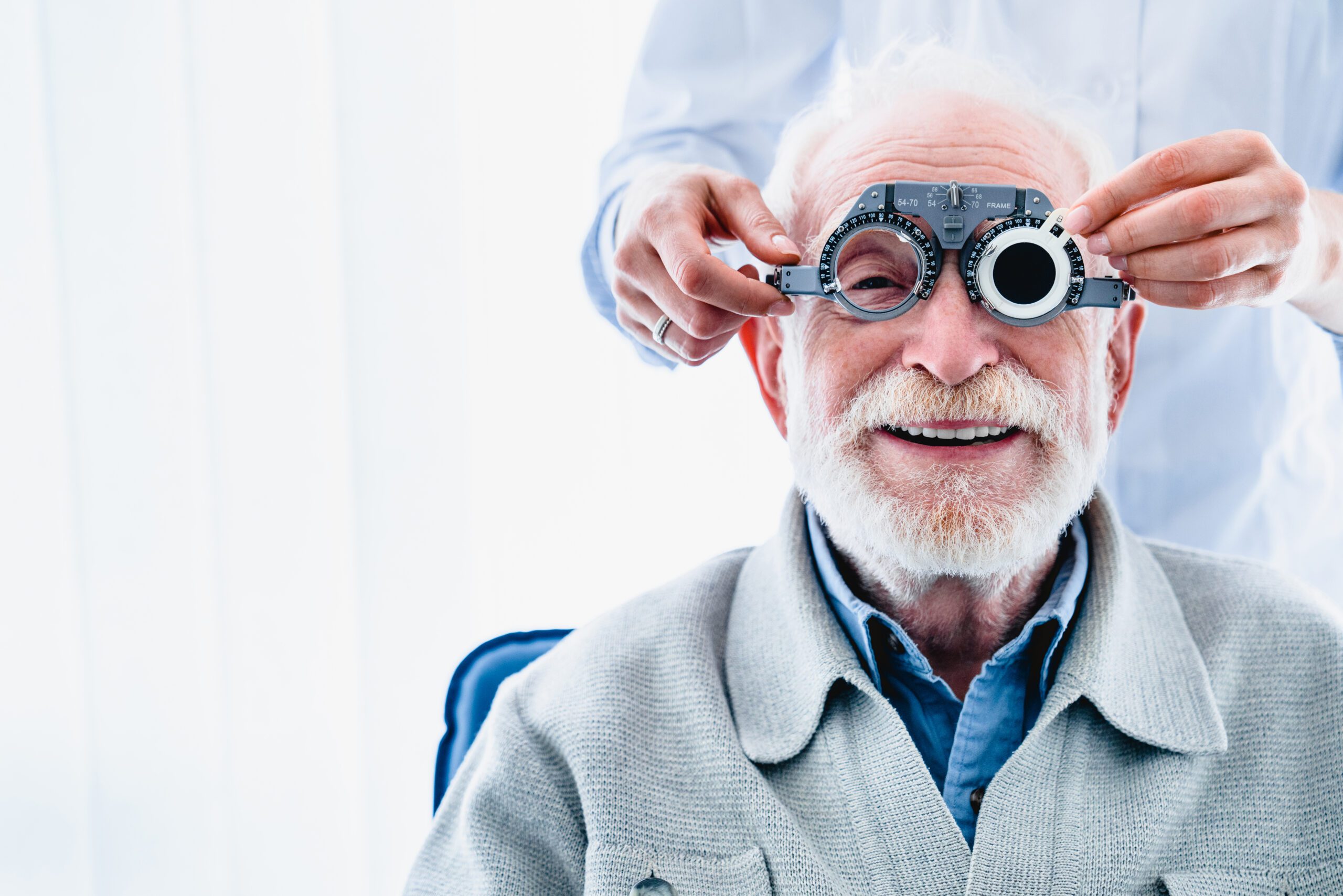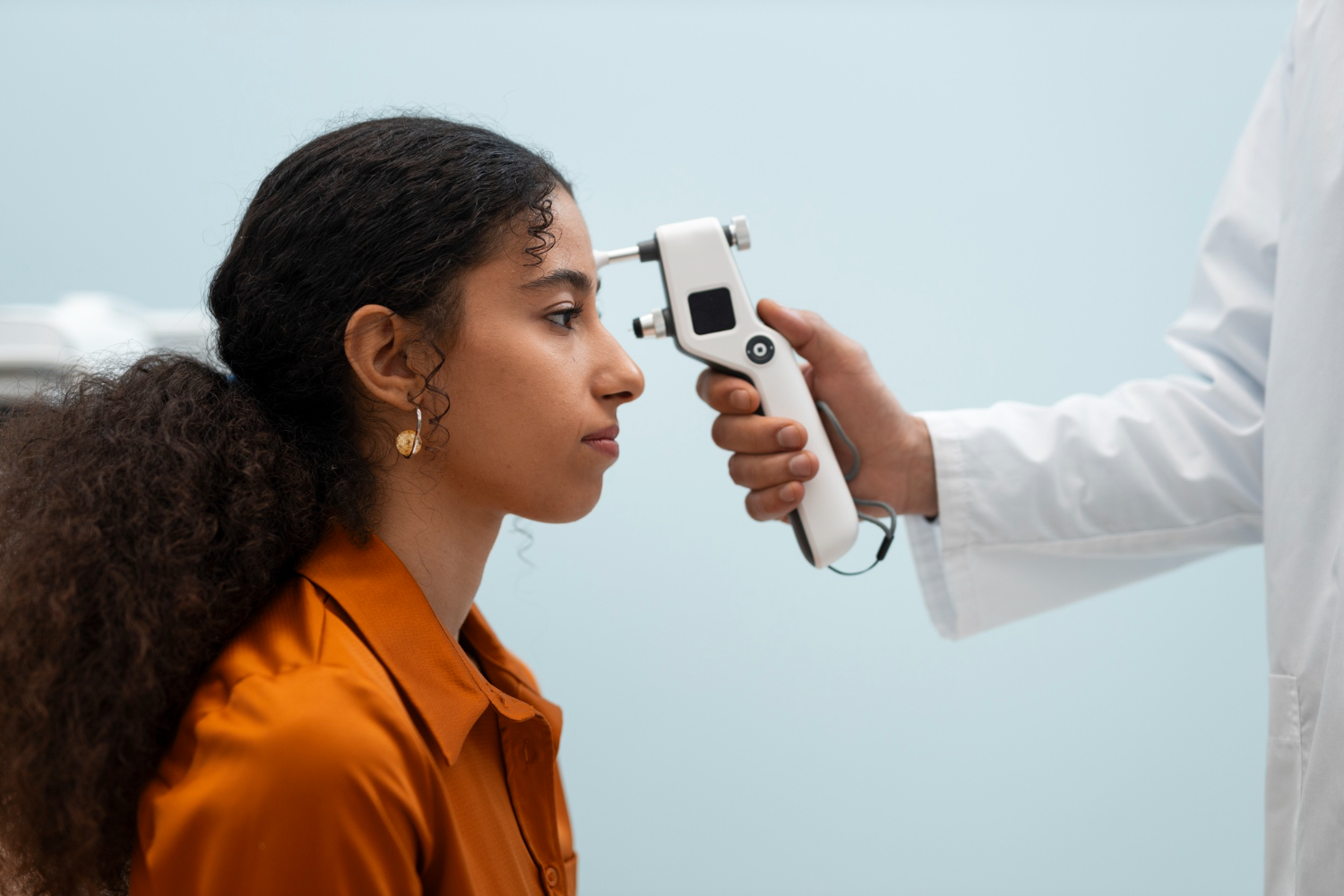¿What is Presbyopia? (Tired Vision)
Presbyopia is an age-related visual condition characterized by difficulty seeing up close. It usually begins to appear around the age of 40.
Causes
• Loss of elasticity: The eye’s lens loses flexibility over time, making it difficult to focus on nearby objects.
• Changes in eye muscles: The muscles that control focus can also weaken.
Symptoms
• Difficulty reading small print.
• Need to hold books or screens farther away to see clearly.
• Eye strain after reading or performing close-up tasks.
• Blurred vision when trying to focus on nearby objects.
Diagnosis
• Eye exam: An ophthalmologist or optometrist will perform visual acuity tests and a detailed eye examination.
Treatment
- Glasses:
- Bifocal or progressive lenses: Help with both near and far vision.
- Reading glasses: Designed specifically for close-up tasks.
- Contact lenses:
- Multifocal lenses or monovision (one eye focused for distance and the other for near vision).
- Surgery:
- PresbyPhaco (phaco-refractive): A procedure where the lens is replaced with a premium intraocular lens that allows for both near and distance vision.
- Laser: Certain laser procedures may be suitable for specific cases.
Prevention and Care
• Regular check-ups: Maintain eye exams every one to two years.
• Eye care: Use proper lighting when reading and take regular breaks to rest your eyes.
• Nutrition: A diet rich in antioxidants (fruits, vegetables) can support eye health.
Final Considerations
Presbyopia is a normal part of aging. While it cannot be prevented, there are several options to manage its effects. If you experience symptoms, consult a vision health professional.





